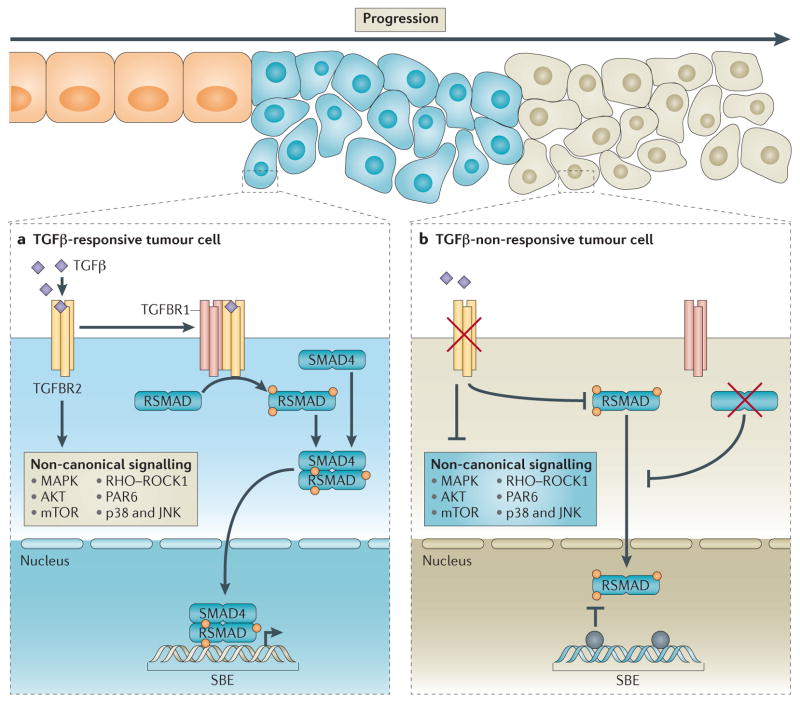Figure 1. Epithelial TGFβ signalling during tumour progression.
a | Normal transforming growth factor-β (TGFβ) signalling in TGFβ-responsive cells (blue cells) feeds through the type 2 TGFβ receptor (TGFBR2) to activate downstream signalling targets. Canonical signalling is activated through phosphorylation of TGFBR1 to induce nuclear localization and transcriptional activity of SMADs. Non-canonical signalling can occur independently of SMAD proteins and includes activation of RHOA, AKT and MAPK pathways. Early in tumorigenesis, TGFβ functions as a tumour suppressor, partly through the SMAD-dependent induction of cell cycle arrest. b | One hypothesis is that selective pressure leads to the expansion of the population of tumour cells that harbour inactivating mutations in the TGFβ pathway, thus allowing them to overcome the growth-inhibitory effects of active TGFβ signalling. As outlined by Levy et al.48, loss of TGFβ responsiveness (green cells) can occur through loss-of-function mutations, loss of expression or promoter methylation of genes (shown by the grey circles) that encode TGFβ receptors or SMADs. JNK, JUN N-terminal kinase; mTOR, mammalian target of rapamycin; PAR6, partitioning defective 6 homologue; ROCK1, RHO-associated protein kinase 1; RSMAD, receptor SMAD; SBE, SMAD-binding element.

